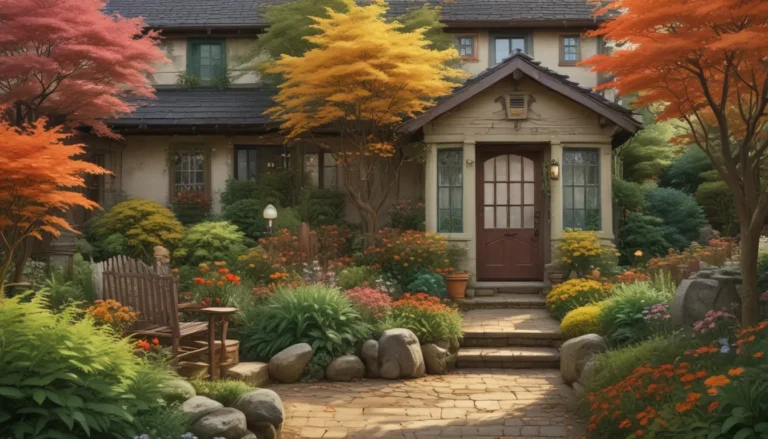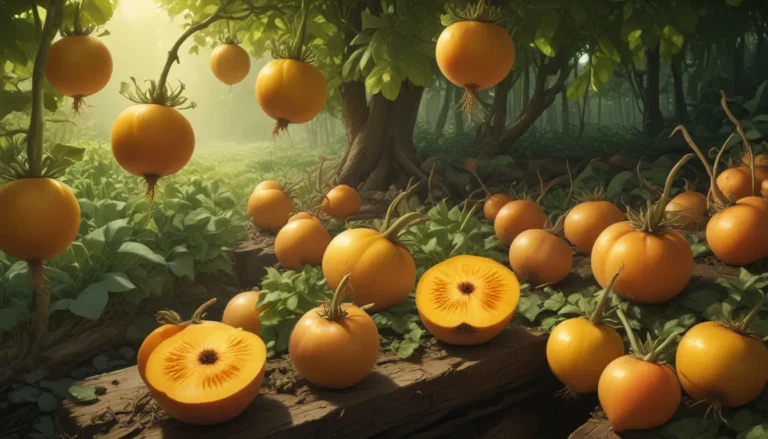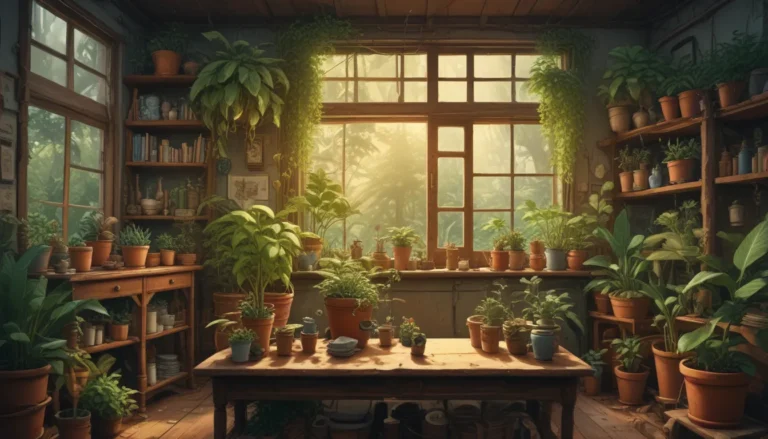Everything You Need to Know About Growing Ornamental Peppers

If you’re looking to add a dazzling burst of color to your garden, ornamental peppers are the perfect choice. These vibrant plants come in a variety of stunning colors, from red and purple to yellow, orange, black, and white. Not only are they visually appealing, but many cultivars also feature upright fruits that change color as they mature.
While ornamental peppers are technically edible, they are not typically grown for their taste. In fact, many varieties are quite spicy and rank high on the Scoville scale. In this article, we will focus on growing ornamental peppers as decorative plants rather than culinary ingredients.
Getting Started with Ornamental Pepper Plant Propagation
Propagation is the first step in growing ornamental peppers. While some gardeners have success with propagating from cuttings, starting from seeds or purchasing potted plants from a nursery is often the easiest route to take.
From Seed
To start from seed, plant your seeds indoors in rich potting soil about 10 to 12 weeks before the last expected frost date. Keep the soil moist but not waterlogged and place the trays or pots in a warm location. Seeds typically take about two weeks to germinate, requiring temperatures of 75 to 80°F.
Light is crucial for tropical plants like ornamental peppers, so consider using grow lights if natural light is insufficient. After about eight weeks of growth, seedlings can be transplanted outdoors or to larger pots.
From Cuttings
If you prefer to propagate from cuttings, choose a healthy plant and take a five-inch stem with at least two leaf nodes. Dip the cutting in a rooting medium and plant it in well-draining soil. Keep the cutting moist and warm until it establishes roots, typically in about eight weeks.
How to Grow Ornamental Peppers Successfully
Once your plants are a few inches tall, they are ready for transplanting. Before moving them outdoors, gradually acclimate them to the outdoor environment through a process known as hardening off. Start by placing them outdoors for short periods and gradually increase their exposure to sunlight and outdoor conditions.
Ornamental peppers thrive in full sun but can tolerate partial shade in hot regions. Make sure they receive adequate water, well-draining soil, and occasional fertilization throughout the summer months. Pruning is optional but can help shape the plant and remove dead foliage.
Tips for Growing Healthy Ornamental Peppers
- Ornamental peppers prefer fertile, well-draining soil.
- Water plants regularly, especially during hot weather, but avoid waterlogging.
- Mulch around plants to retain moisture and prevent weed growth.
Pruning and Maintenance
While pruning isn’t necessary for ornamental peppers, you can trim the plants to encourage a bushier form. Remove dead or dying foliage and trim new growth on stems to maintain a healthy appearance. If growing in containers, repot plants every few years to accommodate growth.
Popular Ornamental Pepper Cultivars to Consider
Ornamental peppers come in a variety of colors and sizes, making them versatile additions to any garden. Here are a few popular cultivars to consider:
- Black Pearl: Produces black leaves in direct sunlight and bright red peppers.
- Bolivian Rainbow: Grows up to three feet tall and features colorful, spicy peppers.
- Chilly Chili: Compact plants with non-spicy, multi-colored peppers.
- Filius Blue: Heirloom variety with purple-blue fruit that matures from green to red.
- Medusa: Upright plants with sweet, multi-colored fruit resembling the Medusa’s hair.
- NuMex Easter: Pastel-colored peppers on compact plants, ideal for bedding displays.
- Autumn Time: Bright green plant with conical peppers in various colors.
- Sangria: Purple to red fruit on a non-spicy variety, suitable for families.
Managing Pests and Diseases in Ornamental Pepper Plants
Ornamental peppers are susceptible to insect pests and diseases that can impact their growth. Common pests include aphids, cutworms, and whiteflies, which can be controlled with insecticidal soap or traps. Diseases such as mosaic virus and Verticillium wilt can also affect ornamental peppers, requiring proper management and prevention strategies.
Best Uses for Ornamental Pepper Plants
Ornamental peppers are versatile plants that can be grown in containers or in the landscape. They make attractive additions to patio containers, borders, and mass plantings. Additionally, ornamental peppers are popular gifts during the holiday season, earning them the nickname “Christmas peppers.”
Conclusion: Adding Beauty and Color to Your Garden with Ornamental Peppers
Ornamental peppers are not only visually stunning but also relatively easy to grow with minimal maintenance. By following proper propagation, growing, and care techniques, you can enjoy a vibrant display of colorful fruit throughout the growing season. Whether grown in containers or in the landscape, ornamental peppers are sure to add a pop of brilliance to your outdoor space.
Have you grown ornamental peppers before? Share your tips and experiences in the comments below!
For more gardening advice, check out these helpful guides:
- Grow Crunchy, Sweet Bell Peppers In Your Own Backyard
- How to Plant and Grow Poblano Peppers
Remember, with a little care and attention, you can enjoy the beauty of ornamental peppers in your garden for seasons to come. Happy gardening!





